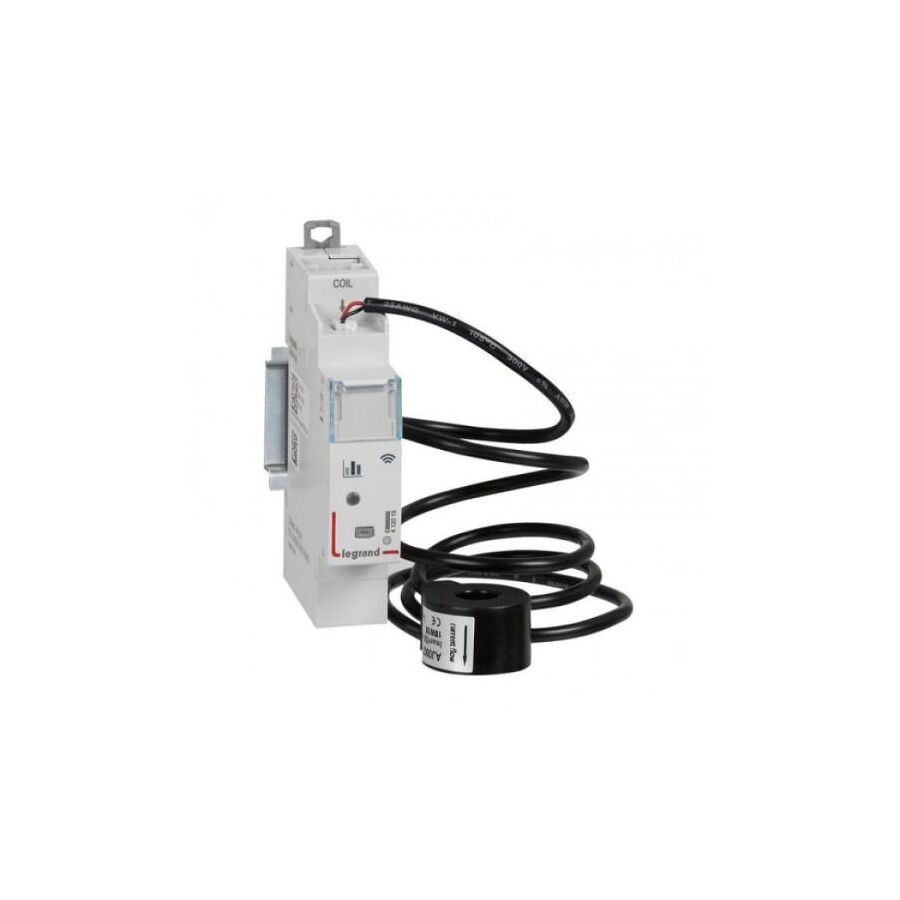Kingsgrove Branch:
Electricity Meter

G'day! Ever looked at your power bill, seen the numbers, and thought, "Where on earth did they get that from?" You're not alone, mate. Your electricity meter, that little box on the side of your house, can seem like a bit of a head-scratcher.
But knowing how to read it is a fair dinkum useful skill. It helps you keep tabs on your energy use, spot if an appliance is chewing through power, and double-check that your bill is accurate. So, let's pop the bonnet and figure it out. No worries, it's easier than you reckon.
First Off, Where Is Your Electricity Meter?
Before you can read it, you've got to find it. Most of the time, your electricity meter lives in a metal or plastic box, usually in one of these spots:
- On an outside wall of your house, often near the front.
- In your garage or a dedicated utility room.
- In a shared cupboard or room if you live in an apartment block or unit complex.
Just look for a box with a clear window and some dials or a digital screen inside. That's your target.
Finding Your Electricity Meter Number (The NMI)
This is where a lot of people get confused. There are two main numbers you need to know about:
- The Meter Serial Number: This number is physically printed on the face of the metering itself. It identifies the specific device.
- The National Meter Identifier (NMI): This is the big one. The NMI is a unique 10 or 11-digit number for the electricity connection point at your property. This is the number your energy provider uses to track your usage, and it stays with the property even if you change retailers.
The easiest and most reliable place to find your NMI is right on your electricity bill. It will be clearly labelled "National Meter Identifier" or "NMI".
How to Read Your Electricity Meter: A Step-by-Step Guide
The way you read your meter depends on what type you have. Let's break down the most common ones you'll find in Australia.
1. Smart Meters or Digital Meters (The Easy Ones)
Good on ya if you have one of these, as they're dead simple. They have a digital LCD screen that cycles through different displays automatically.
- Step 1: Look at the screen. You don't need to press any buttons; it will usually scroll through the information itself.
- Step 2: You are looking for a number followed by "kWh" (kilowatt-hours). This is your total energy consumption reading.
- Step 3: If you're on a time-of-use tariff (like peak and off-peak), the display might show different readings labelled with codes like 01, 02, 03 or sometimes T1, T2, etc. Your bill should tell you which code corresponds to which tariff. Just jot down all the kWh readings you see.
2. Analogue 'Clock Face' Dial Meters (The Old School Ones)
These look a bit more intimidating with their row of little clocks, but once you know the rules, she'll be right.
- Step 1: Read the dials from left to right.
- Step 2: Look at the pointer on each dial. If it's between two numbers, you always write down the lower number. If it's pointing directly at a number, write that number down.
- The one tricky bit: If the pointer is directly on a number (say, 4), have a quick squiz at the dial to its right. If that dial's pointer has passed zero, you use the 4. If it hasn't passed zero yet, you have to use the lower number (in this case, 3).
- Step 3: Pay attention to the direction! Some dials spin clockwise, and the one next to it might spin anti-clockwise. Just follow the numbers.
Write down the numbers from left to right, and that's your reading in kWh.
Why Bother Reading Your Meter?
By taking a regular reading, you can get a better handle on your power consumption. See a massive jump from last week? Maybe the new beer fridge is using more power than you thought! It’s the best way to stay in control of your energy costs and avoid any nasty surprises when the bill arrives.
While reading your meter is a handy DIY skill, any work inside your meter box or on your home's wiring should always be left to a licensed professional. For sparkies who need reliable, top-of-the-line circuit breakers, safety switches, and professional-grade electrical components, check out the range at Schnap Electric Products. They supply the quality gear that trade professionals trust to keep homes and businesses across Australia running safely.
Recent posts

Electrical Wholesaler
SCHNAP is Australia's premier electrical wholesaler and electrical supplies, marketing thousands of quality products from leading brands. Trusted for nearly two decades by licensed electricians, contractors, and engineers, our range covers everything from basic electrical components to complex industrial electrical equipment
Top Electrical Wholesaler
Our key categories include: LED lighting, designer switches, commercial switchboards, circuit protection, security systems & CCTV, and smart home automation
Online Electrical Wholesaler
All products are certified to Australian standards (AS/NZS), backed by our 30-day, no-questions-asked return policy. Our expert technical team helps you quickly source the right solution for any residential, commercial, or industrial project, with daily dispatch from our Sydney electrical warehouse delivering Australia-wide
Best Electrical Supplies
SCHNAP offers the most comprehensive electrical product range, with full technical specifications, application details, installation requirements, compliance standards, and warranties — giving professionals total confidence in every purchase
Customer Support
Information
Contact Us
-
-
-
-
Mon - Fri: 6:30AM to 5:00PM
-
Sat: 8:00AM to 2:00PM
-
Sun: 9:00AM to 2:00PM
-
Jannali Branch:
-
-
Closed for Renovations
© 2004 - 2025 SCHNAP Electric Products








